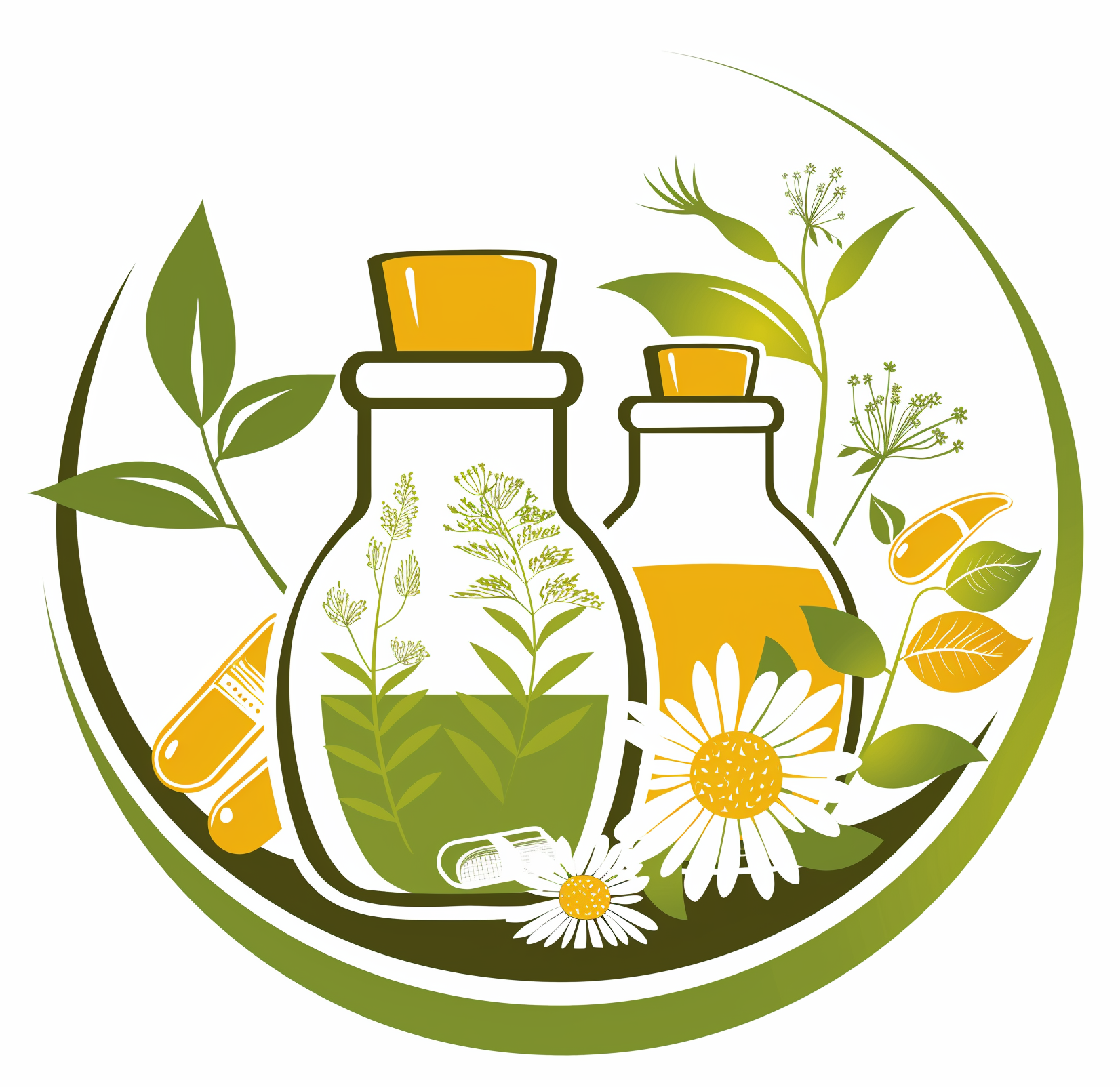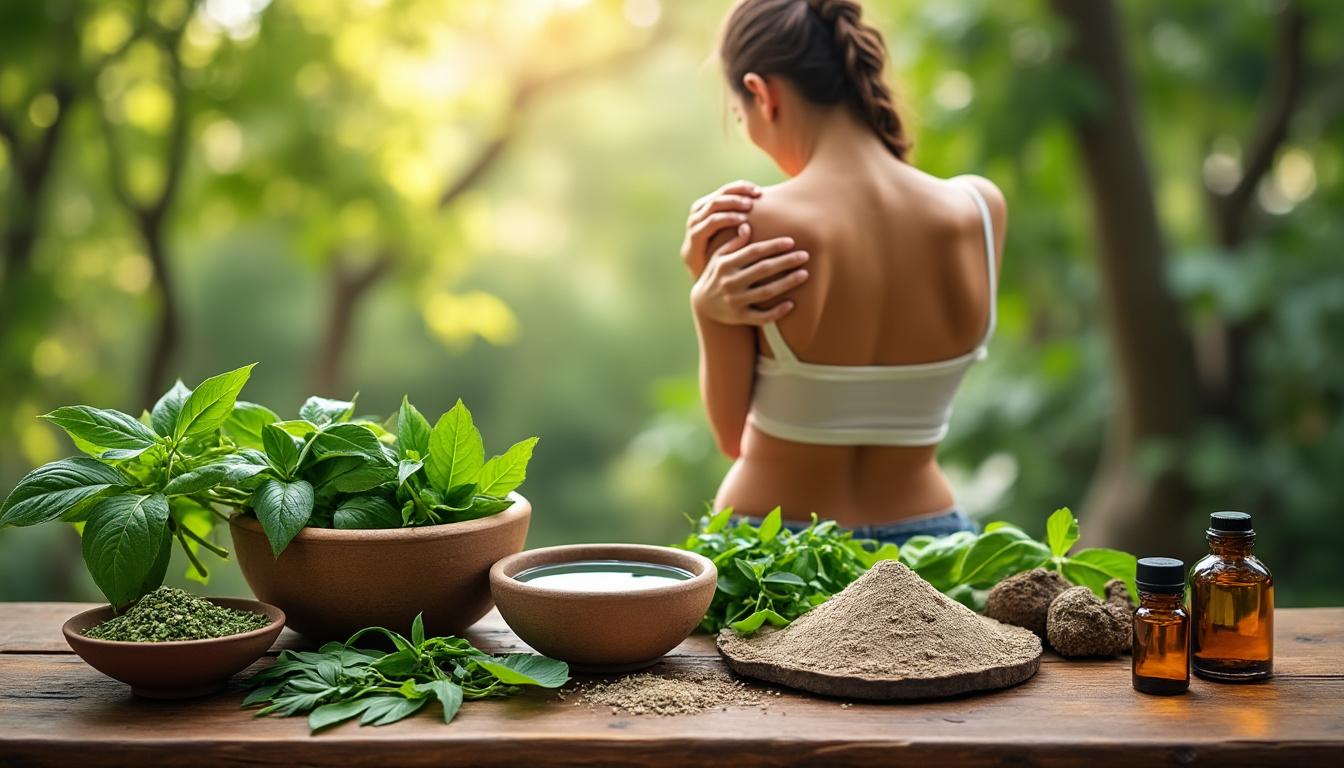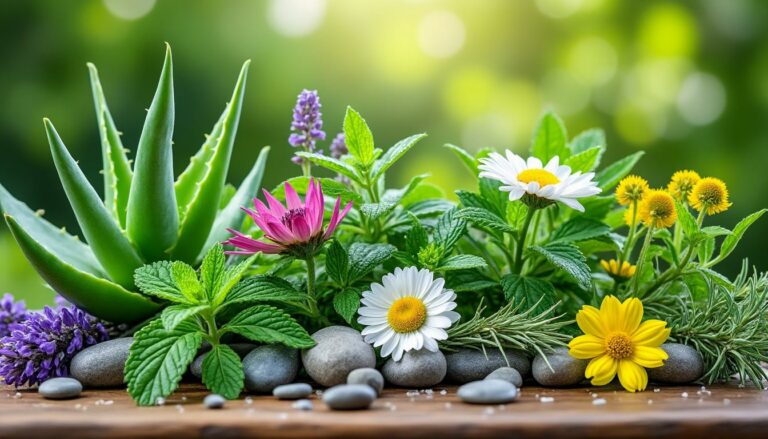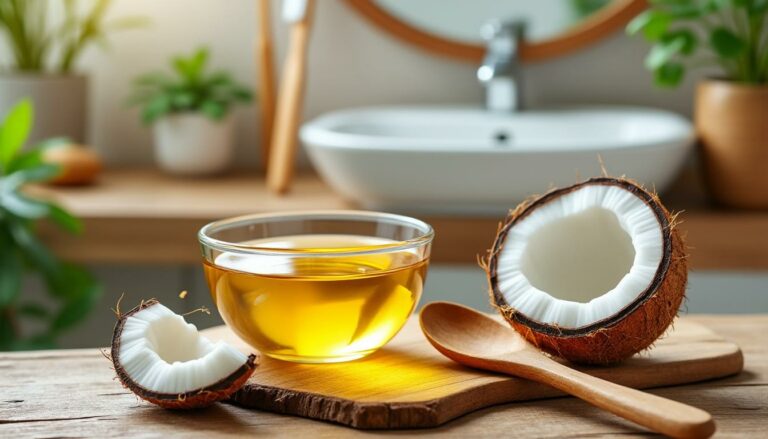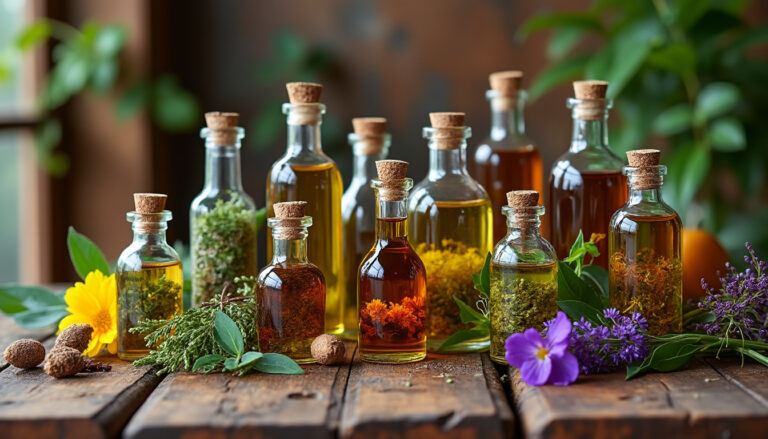What is a poultice? Understanding its application for pain relief
What is a poultice? For many people, minor injuries or nagging joint aches send them straight to the medicine cabinet, yet store-bought gels rarely reach the root of the discomfort.
Left unchecked, swelling can stiffen connective tissue, infection can spread beneath the skin, and daily tasks start to feel like hauling bricks.
Thankfully, homesteaders and clinicians alike now revisit this time-tested remedy: a warm or cool herbal paste that pulls out impurities, calms inflammation, and delivers plant compounds exactly where you need them. In the next few minutes you’ll learn which ingredients work best, how to blend them safely, and why modern science finally explains the wisdom your grandmother trusted.
How a poultice soothes pain: science and tradition in harmony
Poultices combine moist heat, direct plant contact, and gentle pressure. This trio:
- 🌡️ Boosts circulation so nutrients rush toward damaged tissue
- 🧪 Drives bioactive compounds—like gingerols in ginger or salicin in willow bark—through the skin barrier
- 🧲 Draws excess fluid or toxins outward, thanks to adsorptive ingredients such as clay, activated charcoal, or Epsom Salt
| Mechanism 🧐 | Traditional view 🌿 | Modern explanation 🔬 |
|---|---|---|
| Warmth | “Opens the pores” | Vasodilation increases blood flow |
| Herbal actives | Spirit of the plant enters the body | Small molecules penetrate stratum corneum |
| Drawing agents | “Pulls out the bad humors” | Osmosis & adsorption reduce edema |
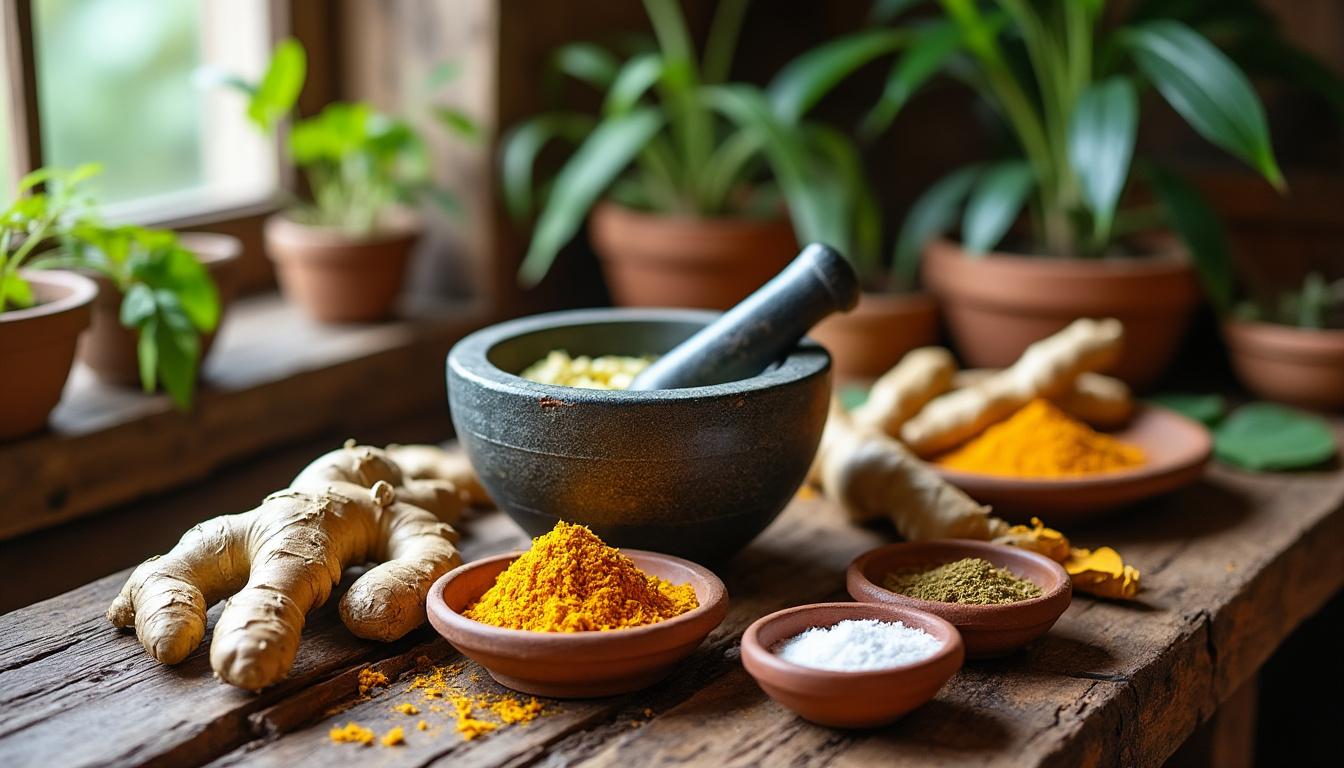
Key studies worth noting
• A 2023 clinical pilot showed a 37 % decrease in knee-pain scores after four ginger poultice sessions.
• Researchers from the University of Melbourne confirmed bentonite clay binds bacterial toxins in vitro, validating its folk use on infected wounds.
Choosing the right ingredient: from kitchen to field
You don’t need rare imports—many allies grow in the yard or sit on the pantry shelf. Explore more wild options in this field guide to medicinal wild plants.
Herbal poultice recipes for joints, bruises, and splinters
- 🌿 Arnica & rosemary combo for post-workout soreness
- 🟠 Turmeric & black pepper paste to calm tendon flare-ups
- 🧅 Onion & garlic mash that tackles infected cuts
- 🍞 Bread-and-milk poultice—old farm trick to coax out splinters
- ⚫ Activated charcoal smear to neutralize bee stings
| Ingredient | Main action 💪 | Typical use time ⏱️ |
|---|---|---|
| Fresh ginger | Anti-inflammatory | 20 min warm |
| Epsom Salt | Magnesium uptake & draw | 15 min warm |
| Comfrey leaf | Speeds cell repair | 30 min cool |
| Bentonite clay | Adsorbs toxins | 40 min warm or cool |
Need more plant inspiration? Browse this list of common wild herbs and see how Native American tribes traditionally applied them.
Step-by-step: preparing and applying a poultice safely
- 🫙 Grind or chop 2-3 tablespoons of the herb or drawing agent.
- 💧 Add water: hot to extract and warm tissue, cold to calm inflammation.
- 🥄 Stir into a thick paste; avoid runny textures that drip.
- 🧴 Spread the paste ¼-inch thick onto cheesecloth.
- 🩹 Apply to clean skin, cover with wax paper or linen, then wrap loosely with a bandage.
- ⏲️ Rest 10-40 minutes; remove if you feel burning or numbness.
- 🪣 Rinse the area and air-dry.
Hot vs. cold application
Warmth excels at stiff joints, while a cool clay pack eases a sprained ankle. Rotate both in a 24-hour cycle to mimic professional contrast-therapy.
| Condition | Hot poultice 🔥 | Cold poultice ❄️ |
|---|---|---|
| Arthritic knee | Ginger-Epsom mix | Clay-peppermint |
| Fresh sprain | — | Bent. clay & comfrey |
| Boil | Bread-milk | — |
| Insect sting | — | Charcoal & lavender |
Poultice vs. modern topicals: when to grab Bengay or Tiger Balm
Natural pastes aren’t your only option. Sometimes it makes sense to reach for familiar tubes or gadgets:
- 💨 Bengay, Tiger Balm, Icy Hot, Voltaren—quick relief when traveling light
- 🎯 Biofreeze—fast acting on strained backs during fieldwork
- 🛠️ TheraGun—percussion adds depth after a clay draw-out session
- 🌬️ Vicks VapoRub—doubles as a mild decongestant chest poultice
- 💊 Duloxetine (prescription)—nerve-related pain where topicals fall short
| Scenario | Reach for poultice 🌿 | Reach for topical gel ⚗️ |
|---|---|---|
| Camp-site splinter | Yes | No |
| Desk-job neck ache | Maybe | Yes |
| Open wound | Consult medic first | Avoid OTC gels |
Use hybrids: a 15-minute clay draw followed by a light coat of Icy Hot often gives dual-action comfort. For further DIY comparisons, visit our herbalism hub.
Common mistakes and how to avoid them
- 🚫 Skipping a patch test—even calendula can irritate sensitive skin.
- 🚫 Pasting directly on broken skin without sterile technique.
- 🚫 Using thick towels that block plant oils.
- 🚫 Re-using a contaminated poultice on a new wound.
- 🚫 Leaving on overnight when ingredients heat-up or dry-out.
Keep a small “poultice kit” with gauze, clay, ginger powder, and Epsom Salt in your bug-out bag so you’re not tempted to improvise with unsafe materials.
Quick reference: ingredient actions and target issues
| Ingredient 🌱 | Action | Best for | Notes |
|---|---|---|---|
| Ginger | Anti-inflammatory | Arthritis, cramps | Combine with turmeric for synergistic effect |
| Epsom Salt | Magnesium replenish | Muscle knots | Dissolve first, then blend |
| Activated charcoal | Adsorb toxins | Stings, boils | Messy—use cloth barrier |
| Bread & milk | Osmotic draw | Splinters | Replace every 4 hours |
| Comfrey | Cell regeneration | Bruises | Avoid on deep wounds |
| Clay | Absorptive, cooling | Sprains | Do not let dry completely |
For more global plant options, study medicinal plants from Africa and expand your repertoire.
Your toolkit now spans ancestral wisdom and modern know-how. Whenever someone in the household twists an ankle or battles a stubborn boil, you can calmly reach for simple kitchen staples and craft a healing paste on the spot. Mastering What is a poultice? empowers you to stay resilient, self-reliant, and ready for whatever tomorrow throws your way.
FAQ: fast answers to common poultice questions
- Can I store a leftover poultice?
Only for non-wound applications: refrigerate up to 24 hours and rewarm with gentle steam. Never reuse one that touched broken skin. - How often can I apply a ginger poultice?
Up to twice daily. Allow at least 4 hours between sessions to avoid skin irritation. - Is Epsom Salt safe for children’s poultices?
Yes when diluted, but keep duration under 10 minutes and avoid open cuts. - Why does my clay poultice crack?
It dried out. Mist water or wrap with plastic to retain moisture so the drawing action continues. - Can a poultice replace prescription pain meds like Duloxetine?
Poultices relieve localized discomfort; they don’t treat systemic nerve pain. Consult a healthcare professional before adjusting any medication.
